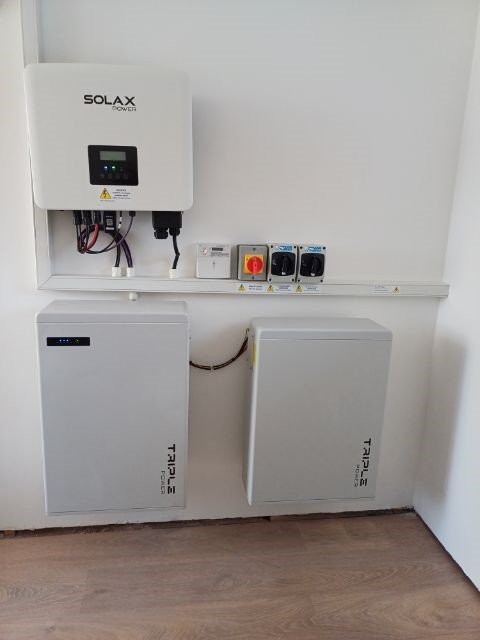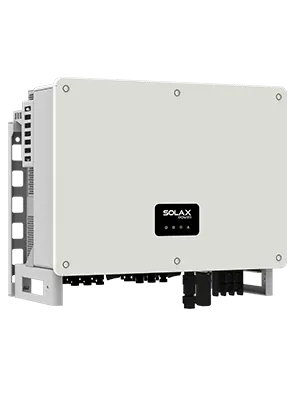Solar inverters are crucial components in photovoltaic (PV) solar energy systems, responsible for converting the direct current (DC) electricity generated by solar panels into alternating current (AC) electricity that can be used to power homes and businesses or fed into the electrical grid. They play a pivotal role in maximizing the efficiency and reliability of solar power systems.

How Solar Inverters Work
DC to AC Conversion
Solar panels generate DC electricity, which is typically at a lower voltage and variable due to changes in sunlight. Solar inverters are responsible for taking this DC electricity and converting it into a stable and grid-compatible AC electricity. This process involves two key stages:
Inversion
The DC power from the solar panels is passed through the inverter, where it is transformed into a rough AC waveform known as a square wave or modified sine wave.
Filtering and Shaping
The rough AC waveform is further processed to produce a clean, sinusoidal AC waveform, which closely resembles the electricity supplied by the grid. This high-quality AC power is suitable for most electrical devices.
Maximum Power Point Tracking (MPPT)
Many modern solar inverters incorporate MPPT technology, which optimizes the output of the solar panels. MPPT allows the inverter to continuously adjust the voltage and current to maximize power production, even under varying sunlight conditions.
Monitoring and Grid Interaction
In addition to conversion, many solar inverters are equipped with monitoring and grid interaction capabilities. They can monitor the system’s performance, communicate with the grid, and, in some cases, manage power flow between the solar installation and the grid.

Types of Solar Inverters
String Inverters (Central Inverters)
These are the most common type of solar inverters for residential and small commercial installations. A string inverter is connected to multiple solar panels wired in series (a string). It provides a simple and cost-effective solution, but it has some limitations in terms of shading and panel mismatch.
Microinverters
Microinverters are small, individual inverters that are installed directly on each solar panel. They convert DC to AC at the panel level, which allows for better performance in situations where some panels are shaded or underperforming. Microinverters are known for their ability to optimize the output of each panel and are often used in residential installations.
Power Optimizers
Power optimizers are a compromise between string inverters and microinverters. They are installed at the panel level but don’t directly convert DC to AC. Instead, they optimize the DC power output from each panel and send it to a central inverter. This allows for more flexibility and performance improvements without the cost of a microinverter on each panel.
Hybrid Inverters
Hybrid inverters are designed for systems that incorporate both solar panels and energy storage (e.g., batteries). They can manage the flow of energy between the solar panels, the battery, and the grid. These inverters allow homeowners to use stored solar energy during periods of high electricity demand or when solar production is low.
Grid-Tied Inverters
These inverters are designed to synchronize with the grid and supply excess solar energy to it. They are the most common type of inverters for grid-tied solar installations, as they allow homeowners to benefit from net metering and potentially earn credits for excess electricity they generate.
Off-Grid Inverters
Off-grid inverters are used in stand-alone solar systems that are not connected to the utility grid. They are responsible for converting solar DC power into usable AC power for on-site consumption. These systems are often accompanied by energy storage solutions to provide power when the sun is not shining.
Choosing the right type of solar inverter depends on the specific needs, budget, and goals of the solar system, whether it’s for residential, commercial, or industrial use.

